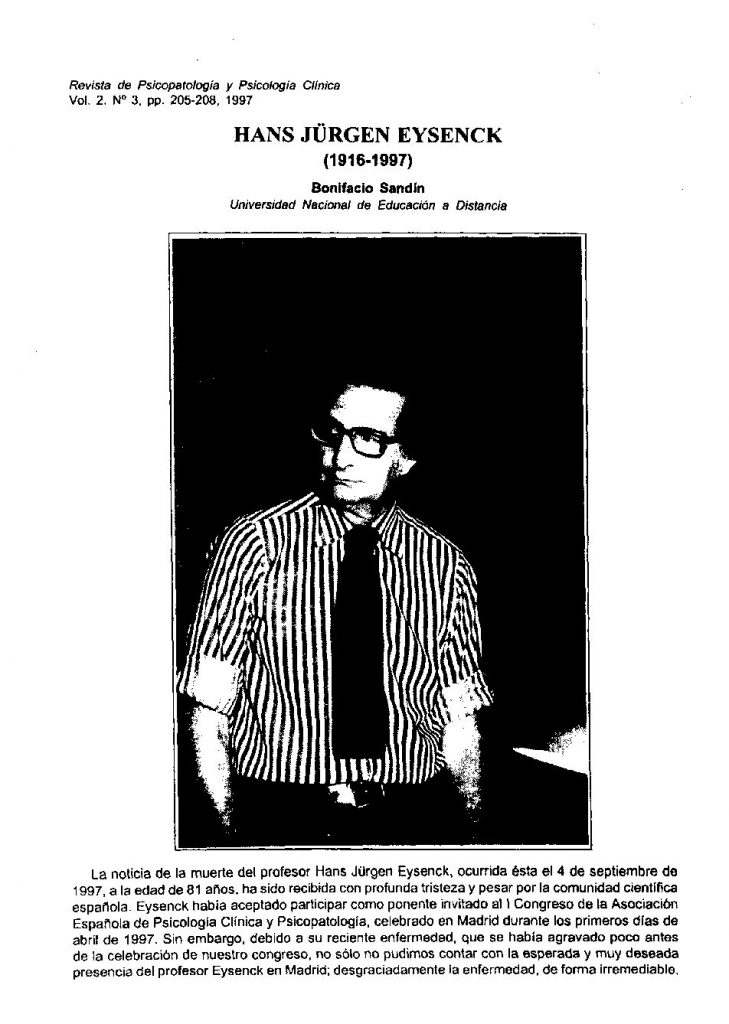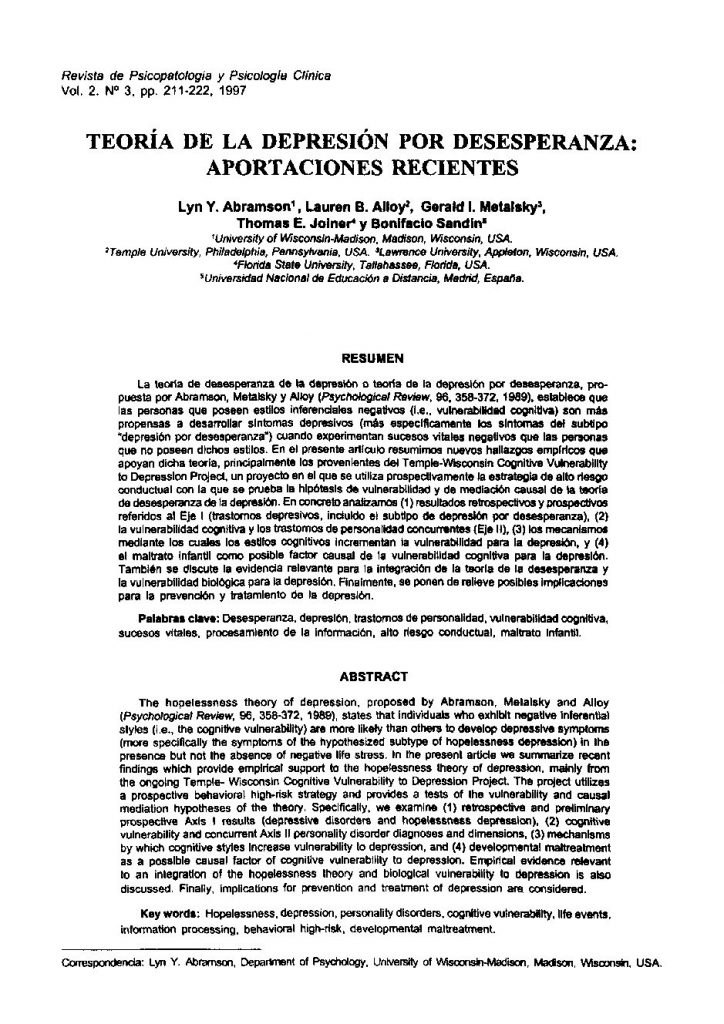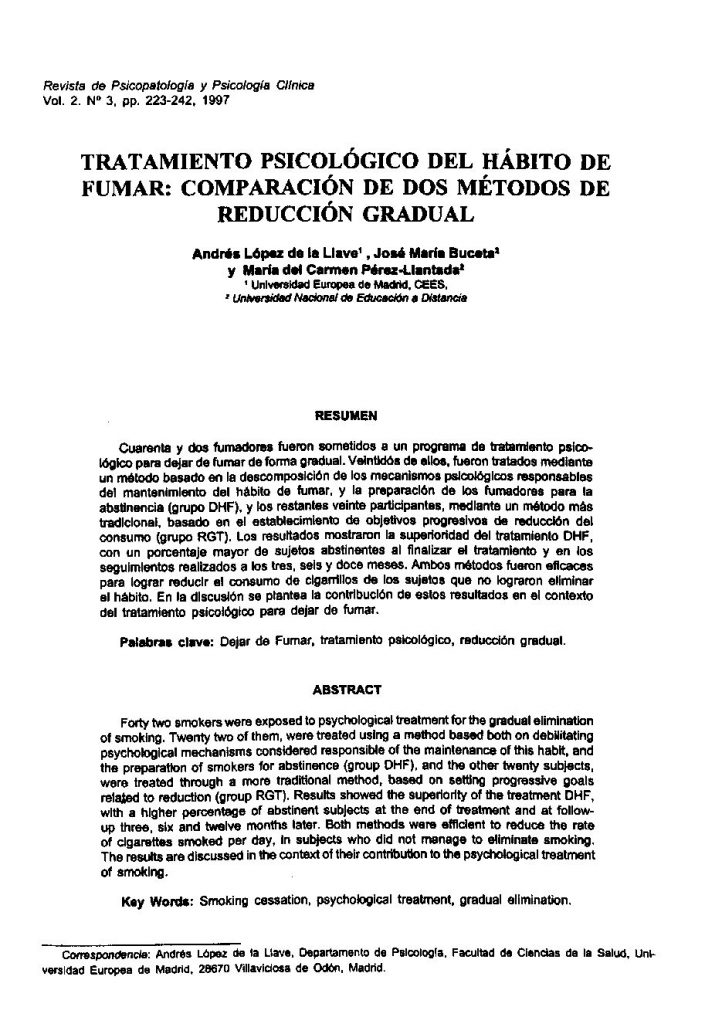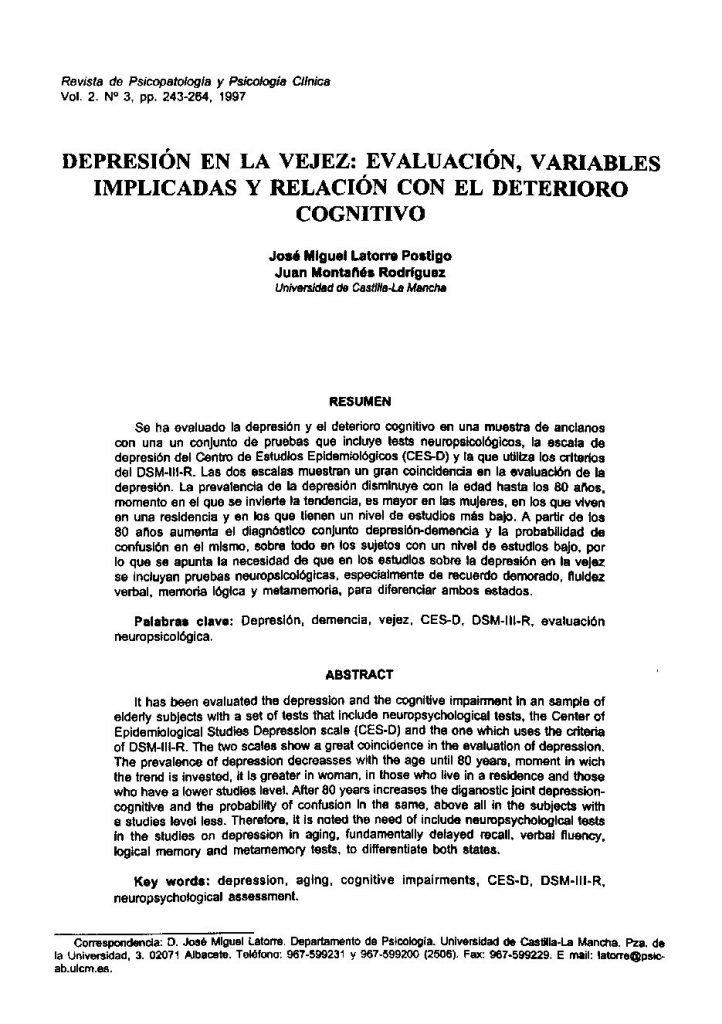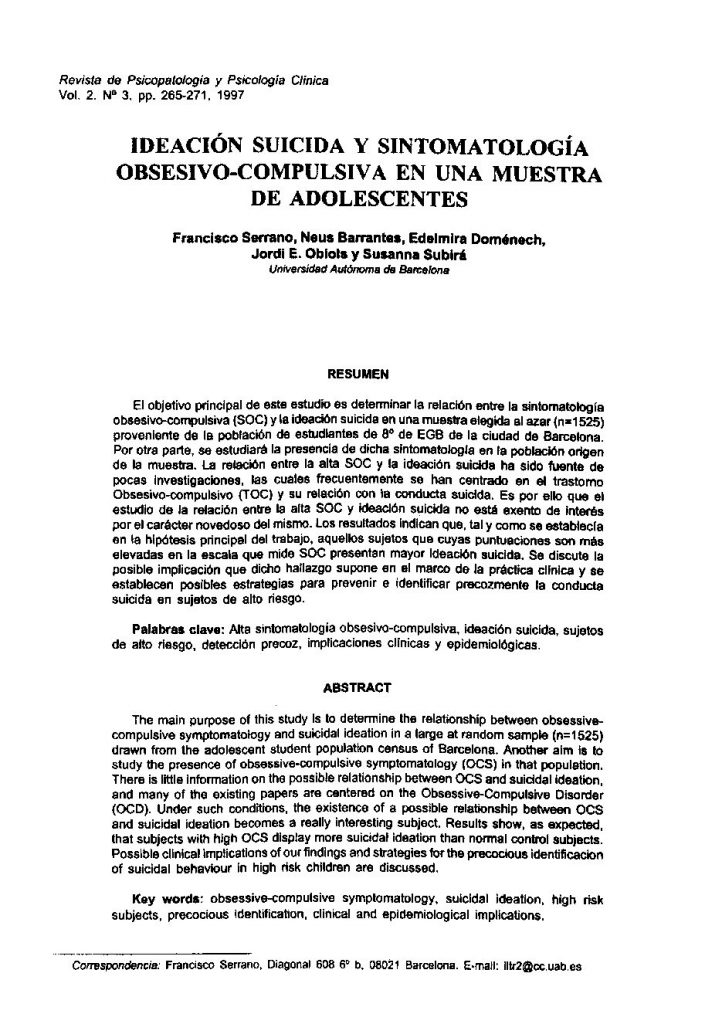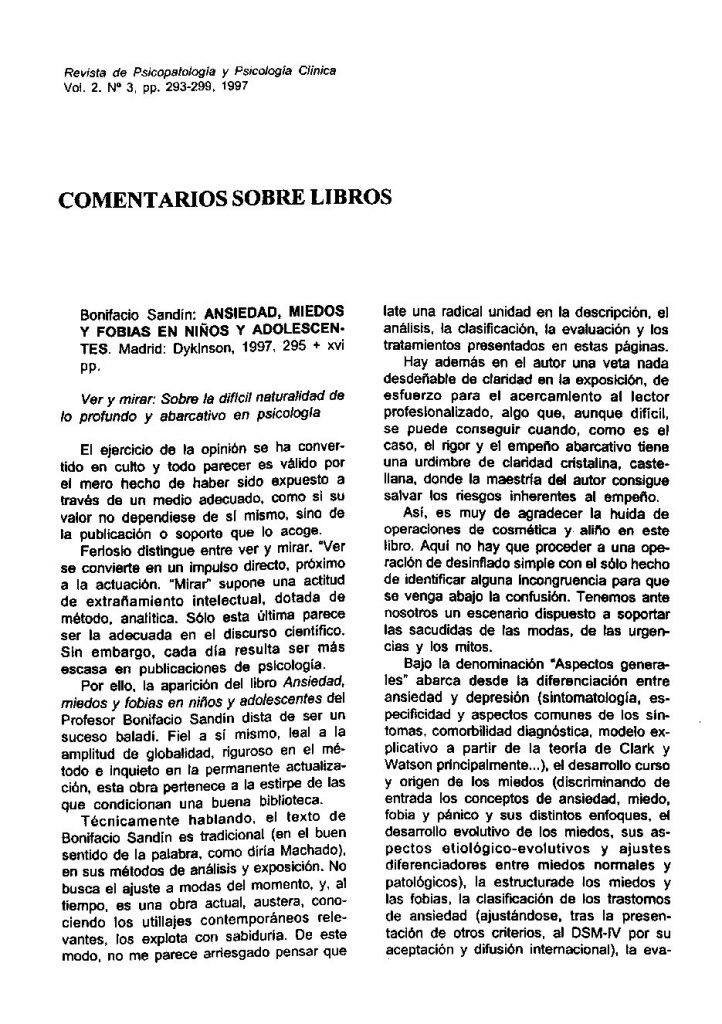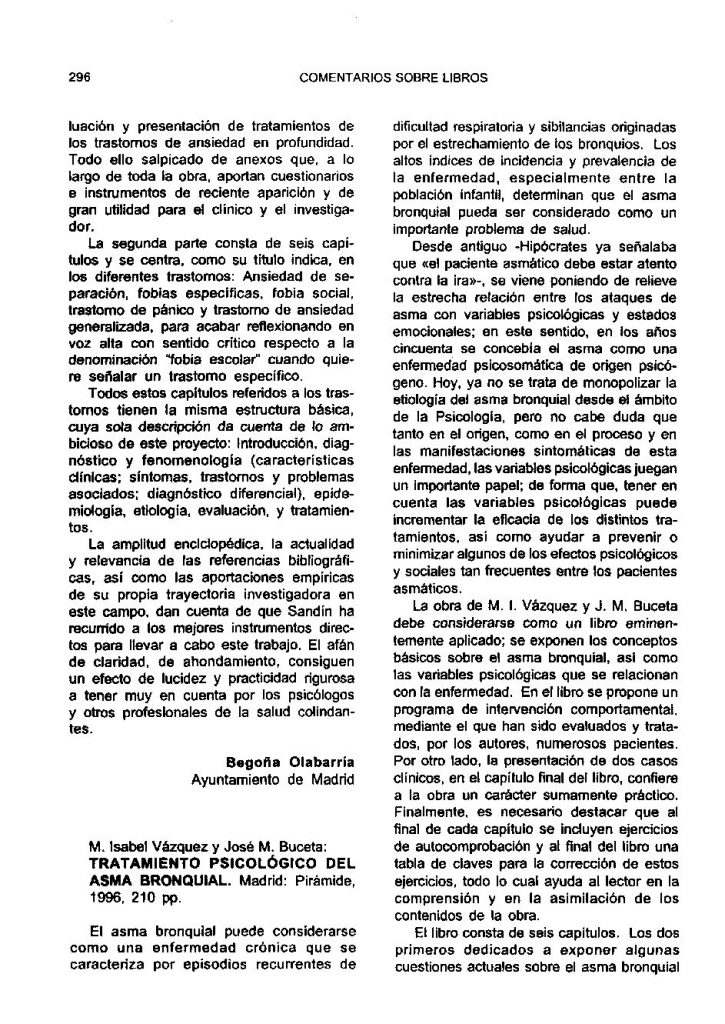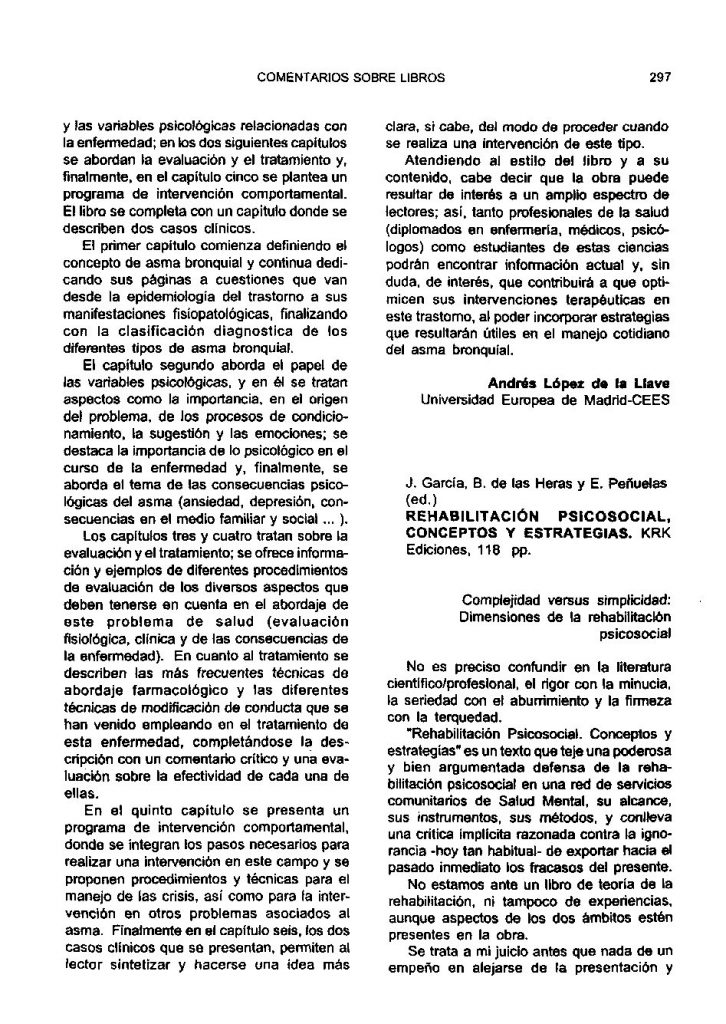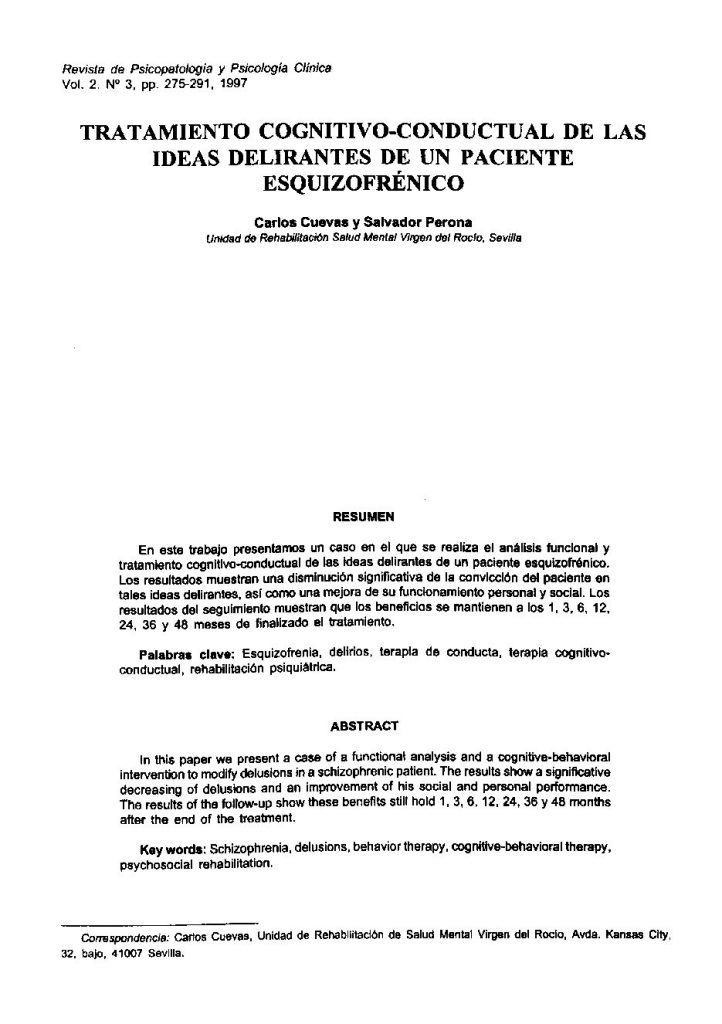The hopelessness theory of depression, proposed by Abramson, Metaisky and Alloy {Psychological Review, 96, 358-372, 1989), states that individuáis who exhibit negativo Inferential styles (i.e., the cognitive vuinerability) are more likely than others to develop depressive symptoms (more specifically the symptoms of the hypothesized subtype of hopelessness depressk>n) in the presence but not the absence of negativa life stress, in the present article we summarize recent findings which provide empirical support to the hopelessness theory of depression, malnly from the ongoing Temple- Wisconsin Cognitive Vuinerability to Depression Project. The project utilizes a prospective behavioral high-risk strategy and provides a tests of the vuinerability and causal mediation hypotheses of the theory. Specifically, we examine (1) retrospective and preliminary prospective Axis I results (depressive disorders and hopelessness depression), (2) cognitive vuinerability and concun^nt Axis II personality disorder diagnoses and dimensions, (3) nriechanisms by which cognitive styles Increase vuinerability to depression, and (4) developmental maltreatment as a possible causal factor of cognitive vuinerability to depression. Empirical evidence relevant to an integration of the hopelessness theory and biological vuinerability to depression is also discussed. Finaily, implications for prevention and treatment of depression are considered.
